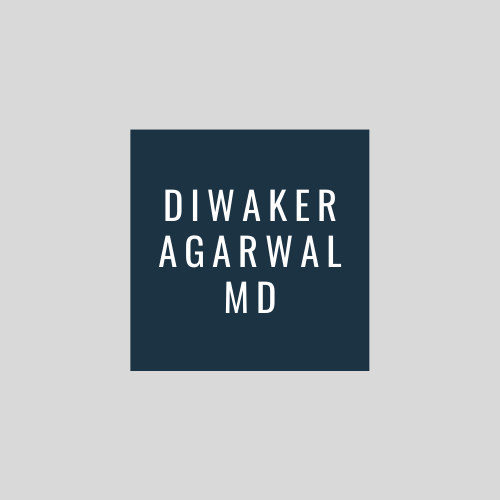For actors and other members of the entertainment industry, a callback is a boon to their career. In the field of radiology, a callback is something that is far less desirable. When a patient is called back to an imaging center for further studies, this is a callback in the medical sense. Unfortunately, this can undermine trust in radiologists and waste precious resources in an already overloaded healthcare system. This is where some medical researchers are stepping in.
Looking to further understand this phenomenon, researchers from the University of Michigan examined data from tens of thousands of MRI and CT exams to find the root cause of such callbacks. While it is still rare, some say that callbacks are the radiological equivalent to wrong-site errors in surgery, which is grave. As such, these must be minimized to the furthest extent. One of the researchers, Amber Liles, MD, and colleagues wrote, “Callbacks frustrate patients and erode trust between radiologists, patients, families, and referring providers,” in the American Journal of Roentgenology late December.
To put this in perspective, wrong-site surgery is a dramatic, visible, and devastating surgical error. The term encompasses surgery performed on the wrong side or site of the body, wrong procedure performed, or surgery performed on the wrong patient. Though a callback may yield consequences less dramatic than wrong-site surgery, their impact should not be minimized. Additional tests call for additional resources, which then call for additional costs for the patient.
To build their case, the researchers studied over 147,000 MRI exams and nearly 196,000 CT scans at an academic medical center. These exams and scans were performed in the four specialties of radiology: cardiothoracic, abdominal, musculoskeletal, and neuroradiology. The hundreds of thousands of tests were conducted between 2015 and 2017. From the data studied, Liles and colleagues found that callbacks were rare, occurring only 194 times out of nearly 343,000 tests. That amounts to a .06% chance of getting a callback, and while low, can still be reduced.
The researchers found four common reasons that led to the majority of imaging callbacks:
- Protocol errors
- Inadequate anatomic coverage
- Incomplete examinations
- Perceived suboptimal image quality
Liles and colleagues found that the top three causes, attributed to human error, are largely preventable, emphasizing the need to improve interaction on the imaging care team. The team concluded that “these data indicate targeted improvement efforts may have a role in mitigating callbacks … Improving communication (i.e., referrer to radiologist to technologist), creating systems to make needed detail transparent, and ensuring correct information before an examination appointment are all domains to explore for optimization.”

